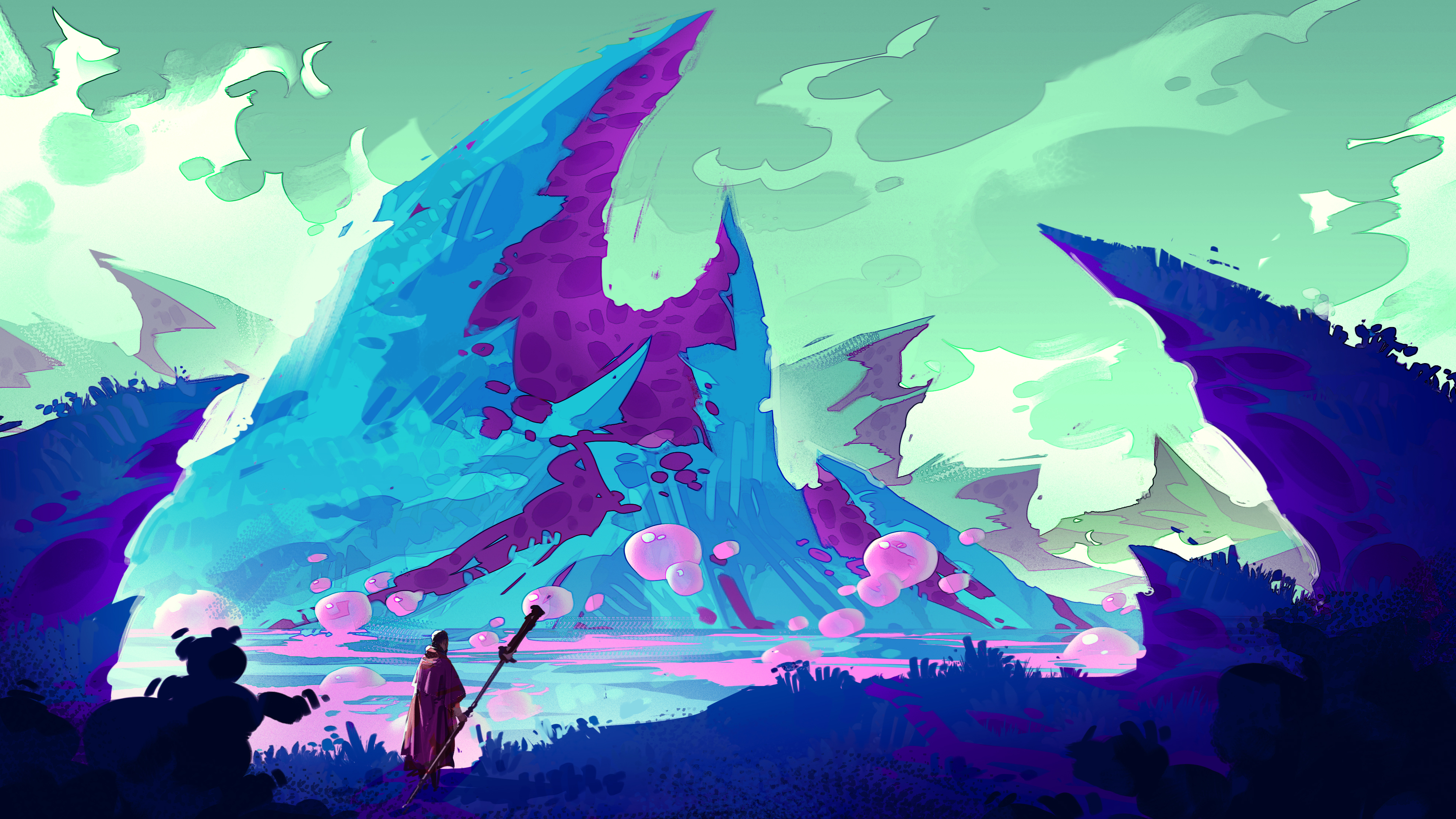The mind-blowing world of tomorrow's smart materials
From fabrics that generate power through motion to kinetic architecture, The Future Laboratory reveals the most transformative case studies in material innovation.
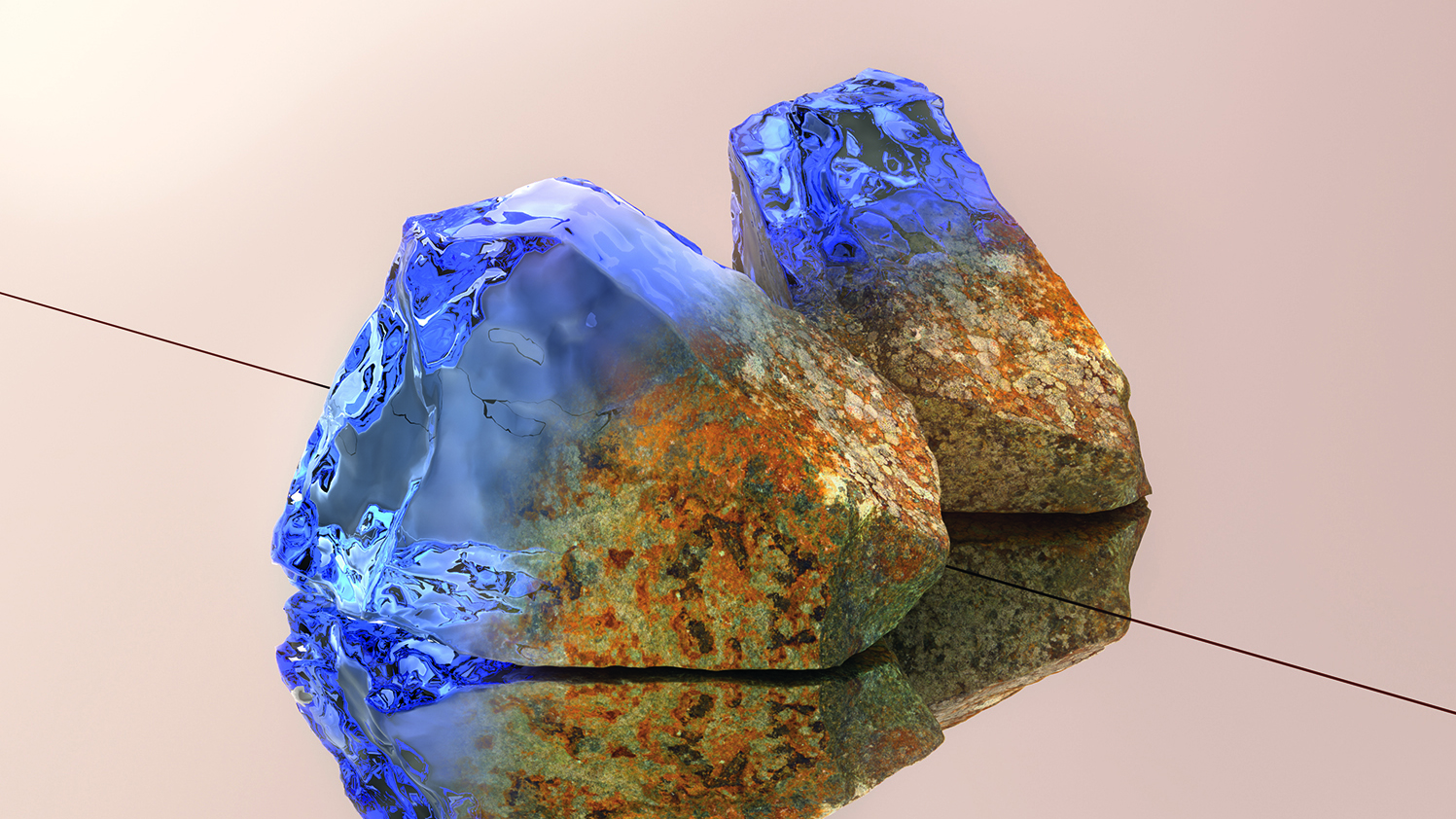
Today’s world is defined by material excess. If the global population reaches 9.6bn by 2050 as predicted, we will require almost three planets' worth of natural resources to sustain current lifestyles, according to the UN. We need to revise how we create the products powering today’s globalised economy.
For businesses that want to maintain or increase their bottom line, this means re-engineering the fundamentals of their supply chain by developing or adopting new material solutions that achieve a lot more with a lot less.
"The smart companies, manufacturers and brands are the ones who are starting to invest in sustainable material innovation," says Caroline Till, co-author of Radical Matter: Rethinking Materials for a Sustainable Future, adding, "There’s a thirst from consumers for this." It’s clear that tomorrow’s leaders will be those who are brave enough to invest in this research today.
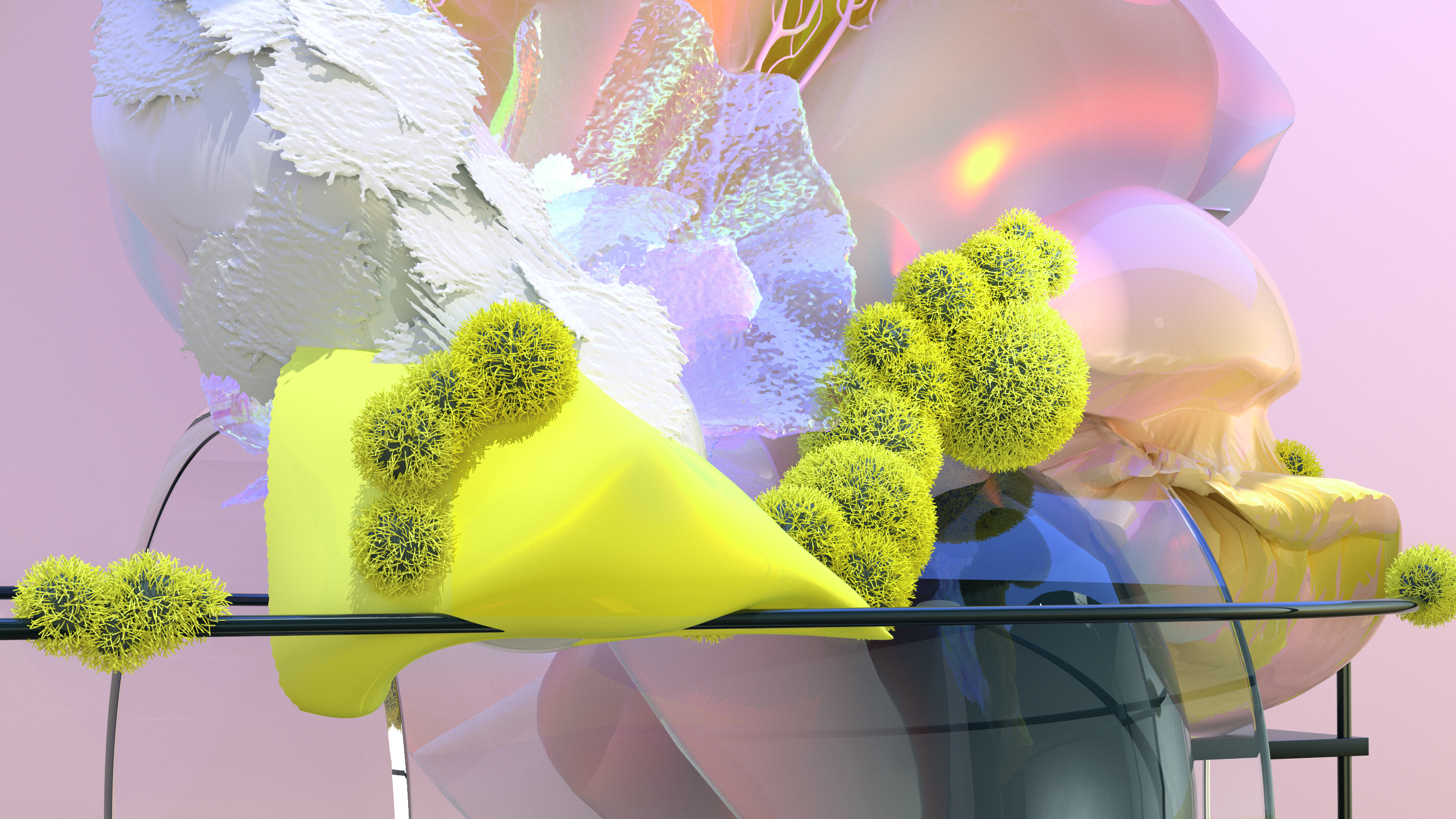
For The Future Laboratory's new Material Far Futures report, we’ve compiled the most transformative case studies in material innovation into the 10 paradigms that we believe will disrupt industry in the coming decades, each with original visualisations from Studio Brasch. From fabrics that generate power through motion and new forms of kinetic architecture to bio-engineering’s impact on luxury fashion, the materials of tomorrow will be smarter, stronger, more dynamic and, crucially, less ecologically damaging.

Alongside assessing these 10 vital areas of investigation, we also interviewed innovators such as Paul Yong and JJ Ismail, the co-founders of Malaysian creative studio Aesthetid. They have created a preprogrammed ink that has the potential to transform food into an intuitive labelling system. They decided to start with the humble egg.
"There is a lot of ambiguity in packaging design, particularly in expiry dates, and we identified how eggs have a particular problem. Use by dates are lost when you put the eggs in the fridge and dispose of the packaging," they told us.
"There is no natural signifier to say they are not suitable to eat, which is why we developed the Honest Egg concept. We have designed a reactive bio-ink made of natural microbes and a stabiliser, which is a chemical you can program to communicate when the egg is about to expire. The ink is printed as a simple character face, which is very expressive and emotional, contributing to the user experience. Most importantly, it’s not a piece of software or hardware embedded into the egg shell, but a surface ink that is natural, biodegradable and programmable."
Get the Creative Bloq Newsletter
Daily design news, reviews, how-tos and more, as picked by the editors.
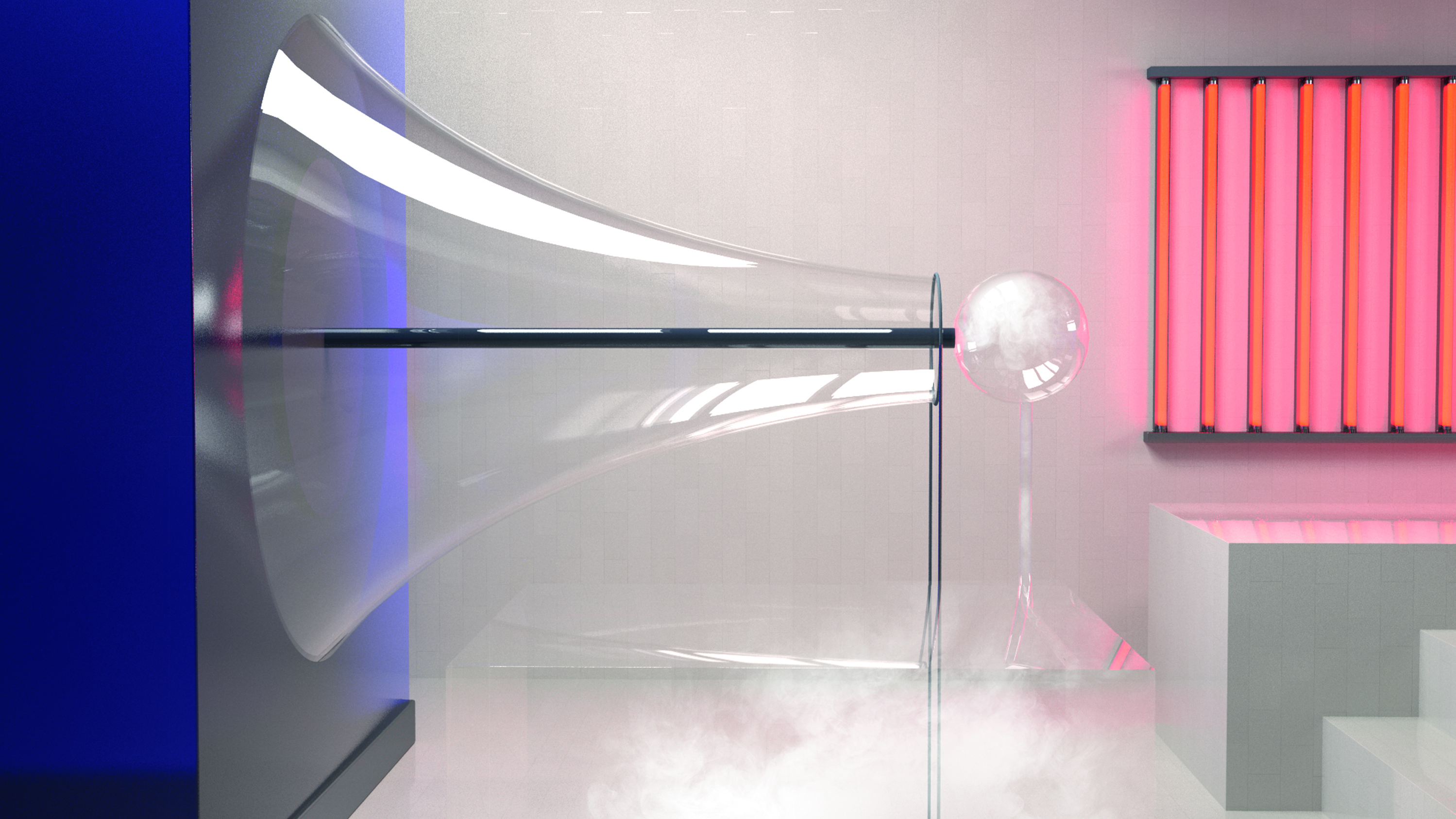
We also talked to Sébastien Fontaine and Claude Boes, the senior industrial designer and principal engineer from Goodyear’s Innovation Centre in Luxembourg, about the importance of cross-sector collaboration to create cleaner, more connected cities. They’ve just created The Oxygene, a 3D-printed concept tyre featuring a non-pneumatic structure that absorbs water from the road and provides photosynthesis to convert CO2 to oxygen.
"We envisaged cities of the future with tens of millions of inhabitants, where you will have more vehicles and industry, and consequently more problems with pollution," they say. "In a city of potentially 2.5m vehicles, these tyres will produce 3,000 tonnes of oxygen and absorb 4,000 tonnes of CO2 from the air every year."
Elsewhere, Puma’s global director of innovation Charles Johnson examines the potential of bacterial feedback systems; Skylar Tibbits, co-director and founder of the MIT Self-Assembly Lab, discusses pioneering research into programmable components; and designer Christina Haxholm looks at how synthetic biology can create a more sustainable fashion industry. It’s unlike any report we’ve ever done, because these materials are unlike anything the world has seen before. It will make you look at everything you touch, wear and consume with totally new eyes.
Discover more about The Future Laboratory's new Material Far Futures report now.
This article originally appeared in issue 285 of Computer Arts, the world's leading graphic design magazine. Buy issue 285 or subscribe now.
Read more:

Thank you for reading 5 articles this month* Join now for unlimited access
Enjoy your first month for just £1 / $1 / €1
*Read 5 free articles per month without a subscription

Join now for unlimited access
Try first month for just £1 / $1 / €1
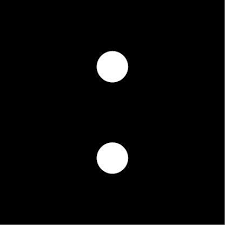
The Future Laboratory is one of the world’s leading strategic foresight consultancies. It exists to help companies make a better future by giving them the confidence to take the decisions today that will create economic, environmental, technological and social growth tomorrow. From its offices in London and Melbourne, The Future Laboratory offers a range of strategic foresight products and services to help its clients harness market trends, adapt to emerging consumer needs, and keep them ahead of their competitors.
